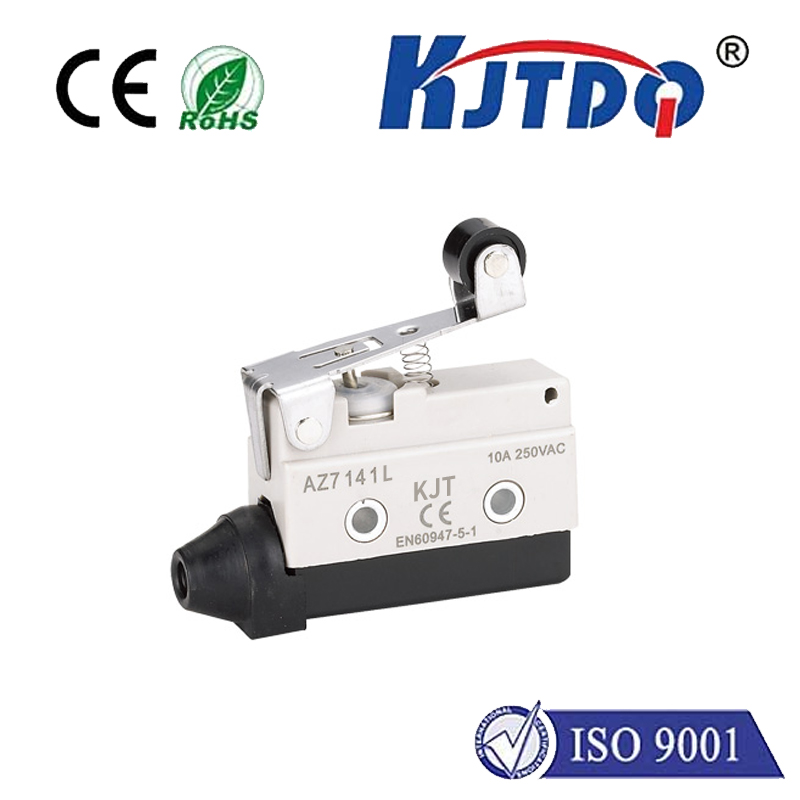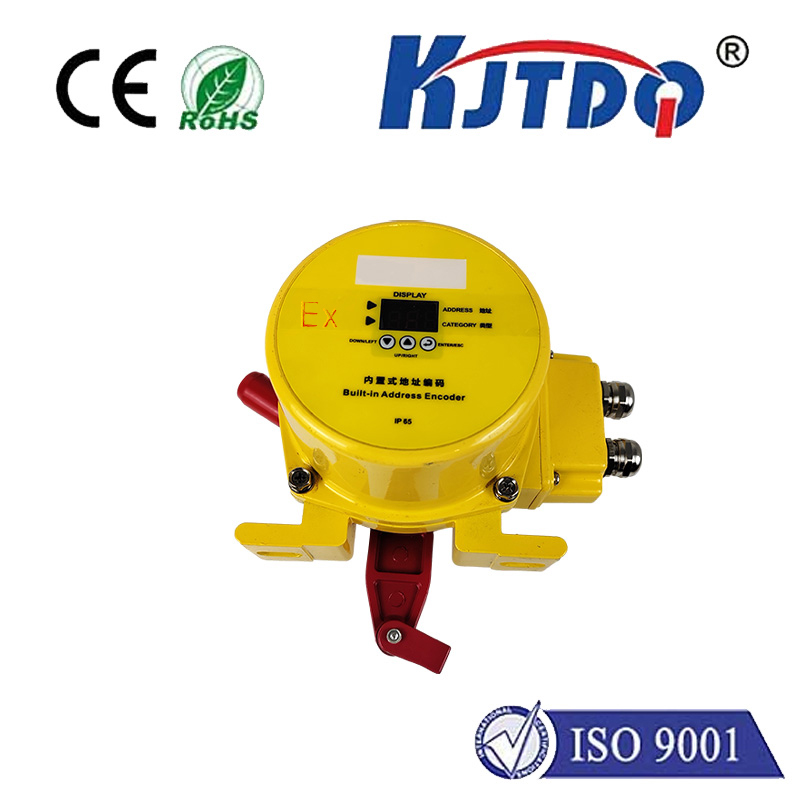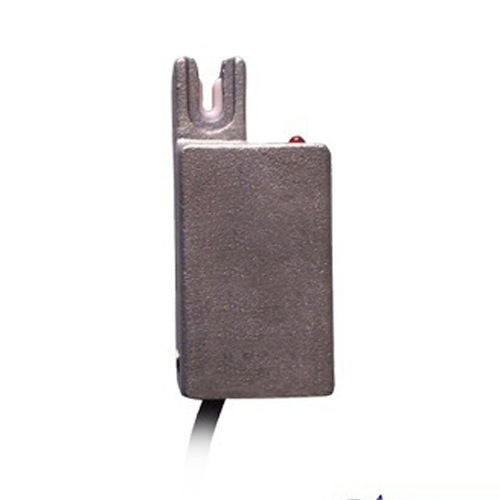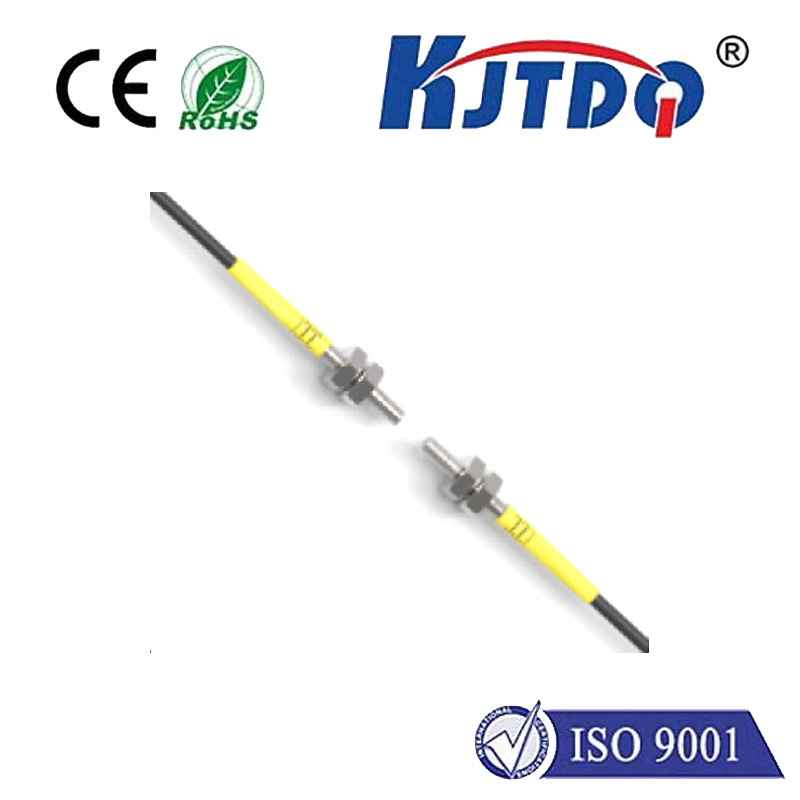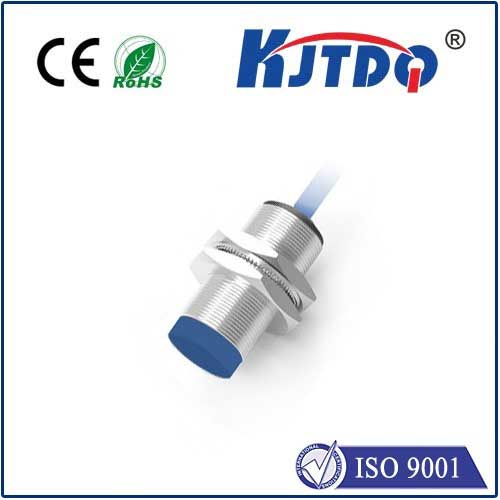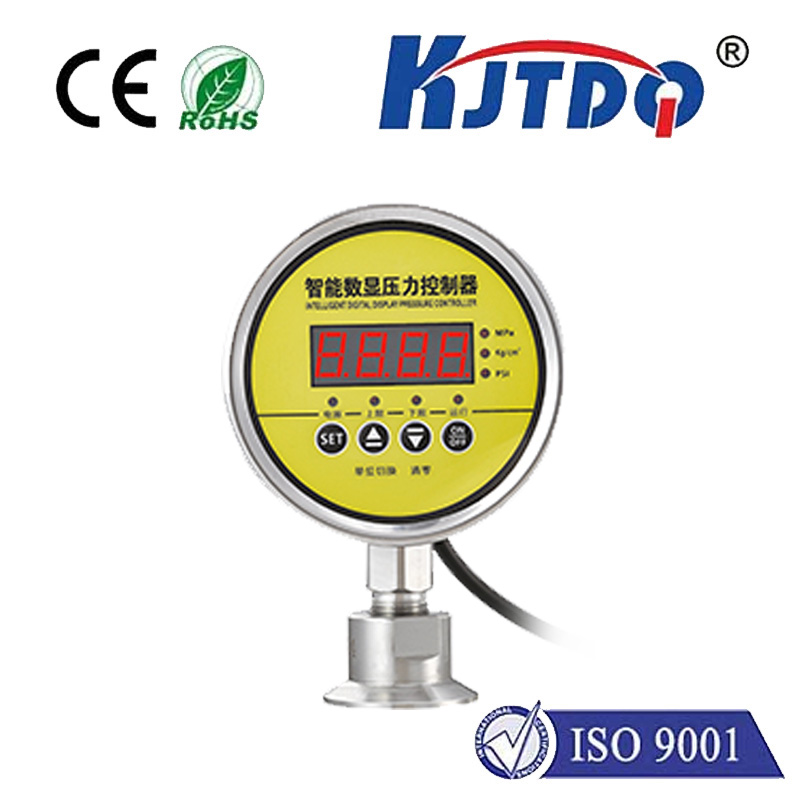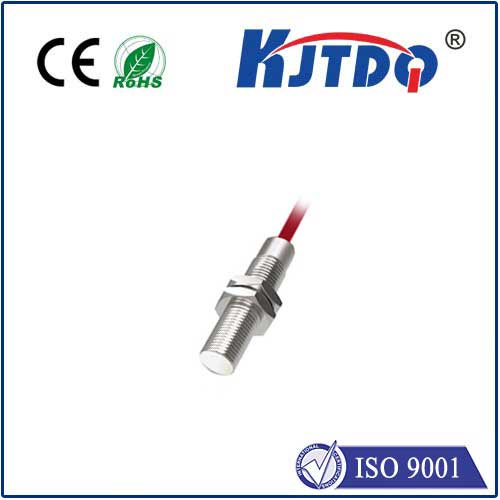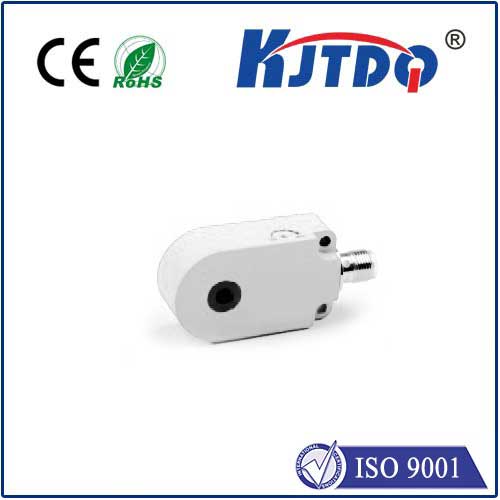

check

check

check

check

check

check

check

check

check

check
Understanding the Role of Auxiliary Limit Switches in Industrial Systems
Auxiliary limit switches are essential components used in a wide range of industrial systems. These switches provide critical information to operators and control systems about the position and movement of machinery parts, ensuring safe and efficient operation. In this article, we will delve into the role of auxiliary limit switches in various applications and explore their benefits.
What are Auxiliary Limit Switches?
Auxiliary limit switches are electromechanical devices that detect the presence or absence of an object within a specific range. They consist of an actuator, a housing, and electrical contacts that open or close based on the position of the actuator. When an object comes into contact with the actuator, it triggers the switch to change state, sending a signal to the control system.
Applications of Auxiliary Limit Switches

Auxiliary limit switches have numerous applications in industries such as manufacturing, automotive, construction, and mining. They are commonly used to monitor the movement of conveyor belts, elevators, gates, valves, and robotic arms. Some examples include:
1. Safety interlocks: Auxiliary limit switches can be used to ensure that equipment operates safely by monitoring the position of safety barriers or guards. If a guard is opened or removed, the switch sends a signal to the control system to stop the equipment, preventing potential accidents.
2. Position feedback: Auxiliary limit switches can provide real-time feedback on the position of machinery parts. For example, in packaging machines, they can detect whether a product has been properly loaded onto a conveyor belt or if a door is closed before starting an operation.
3. Speed monitoring: Auxiliary limit switches can also be used to monitor the speed of moving parts. By detecting changes in the distance between objects over time, they can determine if a part is moving too fast or too slow, helping to prevent damage or downtime.
Benefits of Using Auxiliary Limit Switches
Using auxiliary limit switches offers several benefits for industrial systems:
1. Enhanced safety: Auxiliary limit switches help to prevent accidents by providing real-time monitoring of equipment operations and ensuring that safety measures are followed. This reduces the risk of injuries and damages caused by equipment failures.
2. Improved efficiency: With accurate position feedback from auxiliary limit switches, operators can optimize machine settings and reduce waste. This leads to increased productivity and cost savings for businesses.
3. Simplified maintenance: Auxiliary limit switches are easy to install and maintain, making them a cost-effective solution for monitoring equipment performance. They also require minimal training for operators to use effectively.
Conclusion
In conclusion, auxiliary limit switches play a crucial role in ensuring safe and efficient operation of industrial systems. Their ability to provide real-time feedback on equipment position and movement makes them essential components in various applications. By using these switches, businesses can enhance safety, improve efficiency, and simplify maintenance processes.
